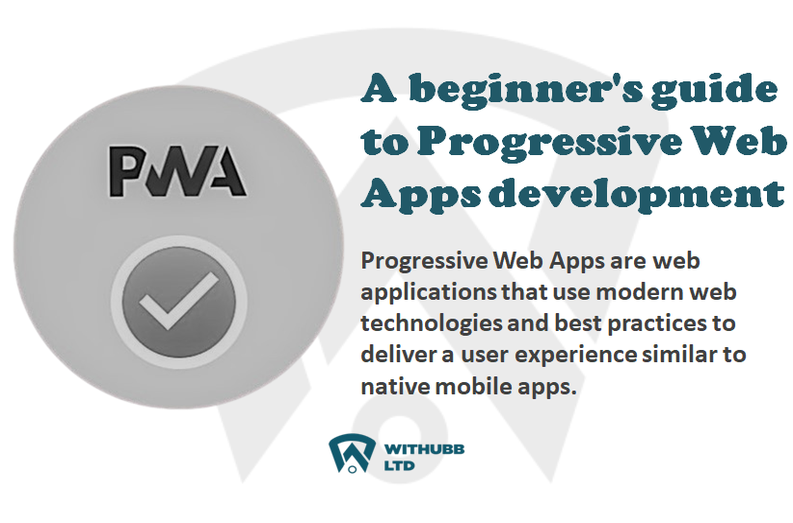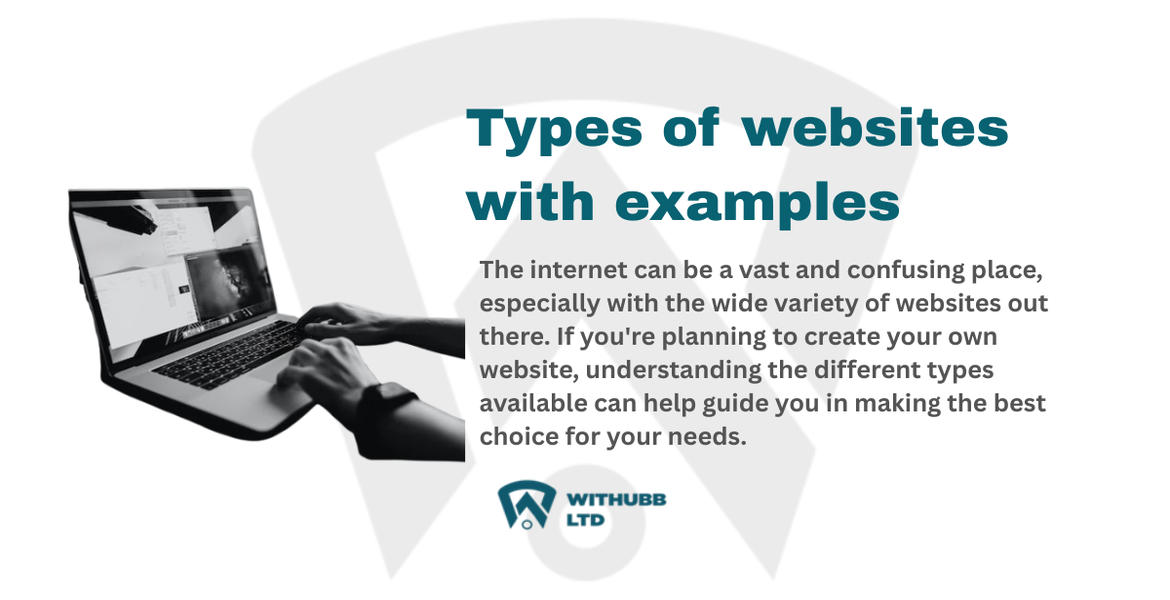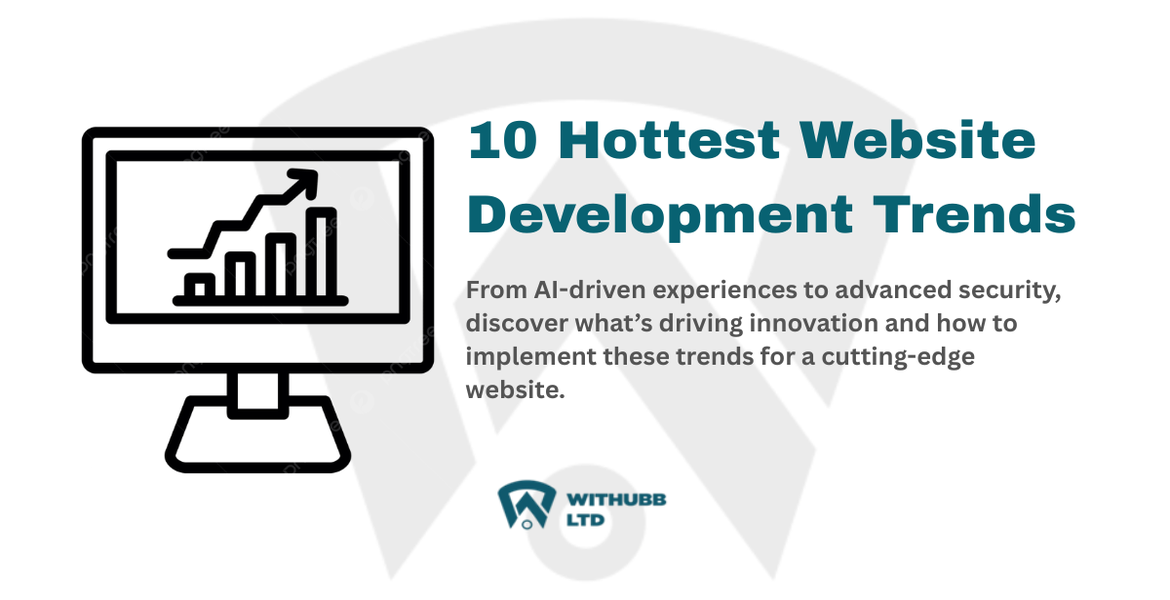Steps to Building an SEO-Friendly Website

Creating a website that search engines love doesn’t happen by accident. It requires a thoughtful strategy to ensure your site ranks well in search results while delivering a seamless experience for users. Every detail matters, from the way your pages are structured to the speed at which they load.
When done correctly, an optimized website can drive organic traffic, improve visibility, and establish credibility in a crowded online space. This comprehensive guide explores the critical elements required to design and maintain a website that aligns with the latest SEO best practices. By integrating these principles into your development process, you’ll set the foundation for long-term success in search rankings while enhancing user satisfaction.
Building an SEO friendly website
Website Structure
Website structure is one of the most critical elements in building an SEO-friendly site. A well-organized structure ensures that your site is easy to navigate, not just for users but also for search engine crawlers. Search engines like Google use bots to crawl and index content, and a logical site structure helps these bots understand how your content is connected.
To achieve a strong structure, categorize your content into clear hierarchies. Start with primary categories and divide them into subcategories that house related topics or pages. For example, if you run an e-commerce store, your primary categories might include "Men's Clothing" and "Women's Clothing," with subcategories like "Tops," "Pants," and "Accessories."
Additionally, ensure every important page is within a few clicks of your homepage. Search engines value simplicity in navigation, and this approach enhances user experience by reducing the effort it takes to locate desired information. A clear structure not only improves crawling efficiency but also increases the likelihood of higher rankings in search engine results pages (SERPs).
Optimized Crawling and Indexing
Search engines rely on bots to discover and index your content, but not all parts of your site need to be crawled. Managing bot access ensures that only relevant and valuable pages are indexed, which can positively impact your rankings.
A significant part of this process involves creating and maintaining an **XML sitemap**, a file that lists all the important pages on your site. This file acts as a roadmap for search engine crawlers, guiding them to the most relevant content.
Similarly, the robots.txt file helps you control which parts of your site are accessible to search engines. For instance, you can block certain pages like admin panels or duplicate content from being indexed. This allows crawlers to focus on the areas that matter most, improving overall indexing efficiency.
Crafting Effective and SEO-Friendly URLs
The structure of your website’s URLs can influence both user experience and search engine rankings. A good URL should be concise, descriptive, and free from unnecessary parameters or characters.
For example, instead of a URL like `www.example.com/product?id=12345`, aim for something like `www.example.com/mens-running-shoes`. The latter is easier to read, more informative, and helps search engines identify the page’s content.
Avoid using dynamic URLs with long strings of random numbers and symbols. Stick to static URLs and incorporate relevant keywords where appropriate. A clean and readable URL structure signals professionalism to users and helps search engines prioritize your pages.
Navigation
Navigation plays a pivotal role in both user satisfaction and SEO performance. A well-designed navigation system guides users to their desired destination with ease while also making your site more crawlable for search engines.
To achieve this, incorporate features like breadcrumb trails and clear menus. Breadcrumbs provide users with a visual representation of where they are on your site and allow them to navigate back to previous pages effortlessly. Menus should be concise, with intuitive labels that accurately represent the content they link to.
Internal linking is another critical component. By connecting related pages through strategic internal links, you create a network of content that search engines can follow to discover and rank your pages. For example, a blog post about "Healthy Eating Tips" might include links to your recipes or meal-planning services.
Page speed
This is another critical factor. A slow-loading website can frustrate users and lead to high bounce rates, signaling to search engines that your site doesn’t provide the best experience. Speed optimization isn’t just about reducing load times; it’s about making your website more efficient. Compressing images, leveraging browser caching, and optimizing server performance are just a few ways to ensure visitors get what they need without delays. The faster your pages load, the more likely users are to stay and explore, which contributes to better rankings and higher conversions.
Keyword targeting serves as the foundation for your site’s visibility. Choosing the right keywords ensures your content aligns with what users are searching for, increasing the likelihood of your website appearing in relevant searches. However, effective keyword targeting goes beyond simply sprinkling keywords across your pages. It involves conducting in-depth research to understand search intent and integrating keywords naturally into your content. This strategic approach ensures your website appeals to both users and search engine algorithms, ultimately driving more organic traffic.
High-Quality Content
No SEO strategy is complete without exceptional content. High-quality, relevant content attracts users and search engines alike. Your goal is to create pages that provide real value to your audience, whether through answering questions, solving problems, or offering useful insights.
Start by conducting keyword research to identify the terms your audience is searching for. Tools like Google Keyword Planner can help you uncover high-volume and low-competition keywords. Incorporate these keywords naturally into your content, ensuring they fit seamlessly into the context without overstuffing.
In addition to text-based content, optimize your multimedia elements, such as images and videos. Use descriptive file names and add alt tags to images to improve their discoverability by search engines. Also, compress large files to maintain fast loading speeds—a factor that significantly impacts SEO performance.
Technical SEO
While content and structure are vital, technical SEO ensures that search engines can effectively crawl, index, and rank your site. One of the first steps in technical SEO is improving your Core Web Vitals, a set of metrics that measure loading speed, interactivity, and visual stability. Ensure your site is mobile-friendly, as search engines prioritize websites that perform well on mobile devices.
Another important aspect is managing your website’s HTTPS status. A secure site (indicated by the "https" in your URL) signals to users and search engines that your site is trustworthy, which can enhance rankings.
Finally, implement structured data using schema markup. This code helps search engines understand your content better and can lead to enhanced results in SERPs, such as rich snippets.
HTML title tags
HTML title rags are among the most influential elements in SEO. These tags define the title of each page and are often the first thing users see in search results. A well-crafted title tag should be concise, descriptive, and include your primary keyword. Think of it as a headline that entices users to click through to your site. By creating compelling and optimized title tags, you not only improve your rankings but also increase your click-through rate, making your website more appealing in search results.
Meta description tagsThese play a supporting role in driving traffic to your site. While they don’t directly impact rankings, these short snippets provide users with a preview of your page’s content. A compelling meta description encourages clicks by clearly summarizing what visitors can expect. Including relevant keywords naturally in your meta descriptions helps highlight their relevance to users’ queries, making your website stand out in competitive search results.
Heading tagsHeading tags are essential for organizing your content and making it easier to read. These tags (H1, H2, H3, etc.) help search engines understand the structure and hierarchy of your content, enabling them to determine its relevance. Proper use of heading tags ensures that both users and search engines can quickly grasp the main points of your page. For example, your H1 tag should introduce the primary topic, while subsequent headings break the content into digestible sections, enhancing readability and engagement.
The Power of Internal Linking and Backlinks
Internal linking connects your content, helping users and search engines discover related pages. A solid internal linking strategy ensures that your most important pages receive more link equity, boosting their rankings.
Meanwhile, backlinks—links from other websites to yours—act as endorsements of your content’s quality. To earn backlinks, focus on producing high-value content that others will want to reference. This might include in-depth guides, original research, or engaging infographics.
Image optimization
Image optimization is often overlooked but plays a significant role in enhancing your site’s performance. Large, unoptimized images can slow down your site, negatively affecting both user experience and rankings. Optimizing images involves reducing file sizes without compromising quality, adding descriptive alt text, and ensuring proper file formats. These steps not only improve page speed but also make your content more accessible to visually impaired users and more discoverable in image search results.
Tracking and Improving Your SEO Strategy
SEO is not a one-time effort; it requires consistent monitoring and refinement. Tools like Google Analytics and Google Search Console provide insights into your site's performance, showing you where improvements are needed.
Pay attention to metrics like bounce rates, average session durations, and organic traffic trends. Use this data to identify pages that need optimization, whether it’s through updating outdated content, improving load times, or adjusting keyword strategies.
Wrapping up
By focusing on these core elements, you can create an SEO-friendly website that delivers value to your audience while achieving strong search engine rankings. Success in SEO requires a mix of thoughtful planning, ongoing optimization, and a commitment to providing the best possible experience for your visitors. With time and effort, your website will become a powerful tool for reaching your goals online.
Want to Build Something Amazing?
We prioritize your business success and we deliver faster. Our services are custom and build for scale.
Start nowMore Articles

Object-Oriented Programming (OOP) Meaning, Principles, Benefits.
1 week, 1 day ago · 7 min read
Security Best practices In web development
3 weeks, 2 days ago · 9 min read
A beginner's guide to Progressive Web Apps development (PWA)
3 weeks, 2 days ago · 5 min read
Types of websites with examples
3 weeks, 2 days ago · 10 min read
10 Hottest Website Development Trends You Can’t Ignore in 2025
3 weeks, 2 days ago · 10 min read
How to Set Up Django with PostgreSQL, Nginx, and Gunicorn on Ubuntu VPS Server
4 weeks ago · 12 min read
Best Domain Extension Guide: .com vs .net vs .org vs .ng (2025)
4 weeks ago · 6 min read
Top Web Design Tools for Professionals in 2025: Best UI/UX & Development Software
4 weeks ago · 6 min read
Top 20 resources for learning code and programming online in 2025
4 weeks ago · 7 min read
A comprehensive guide to database backup and recovery (Tips, Strategies, Common mistakes)
1 month ago · 12 min read
x

